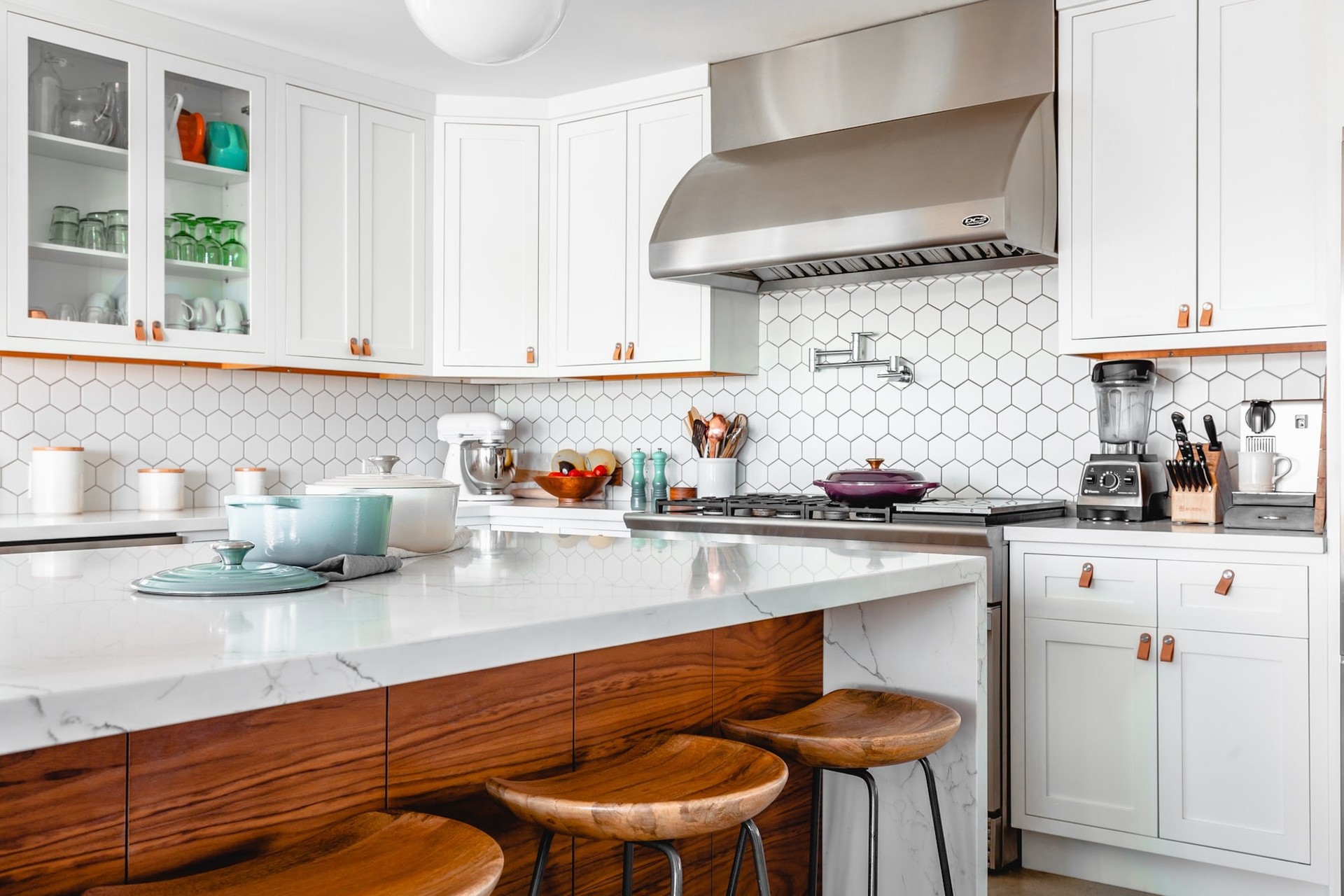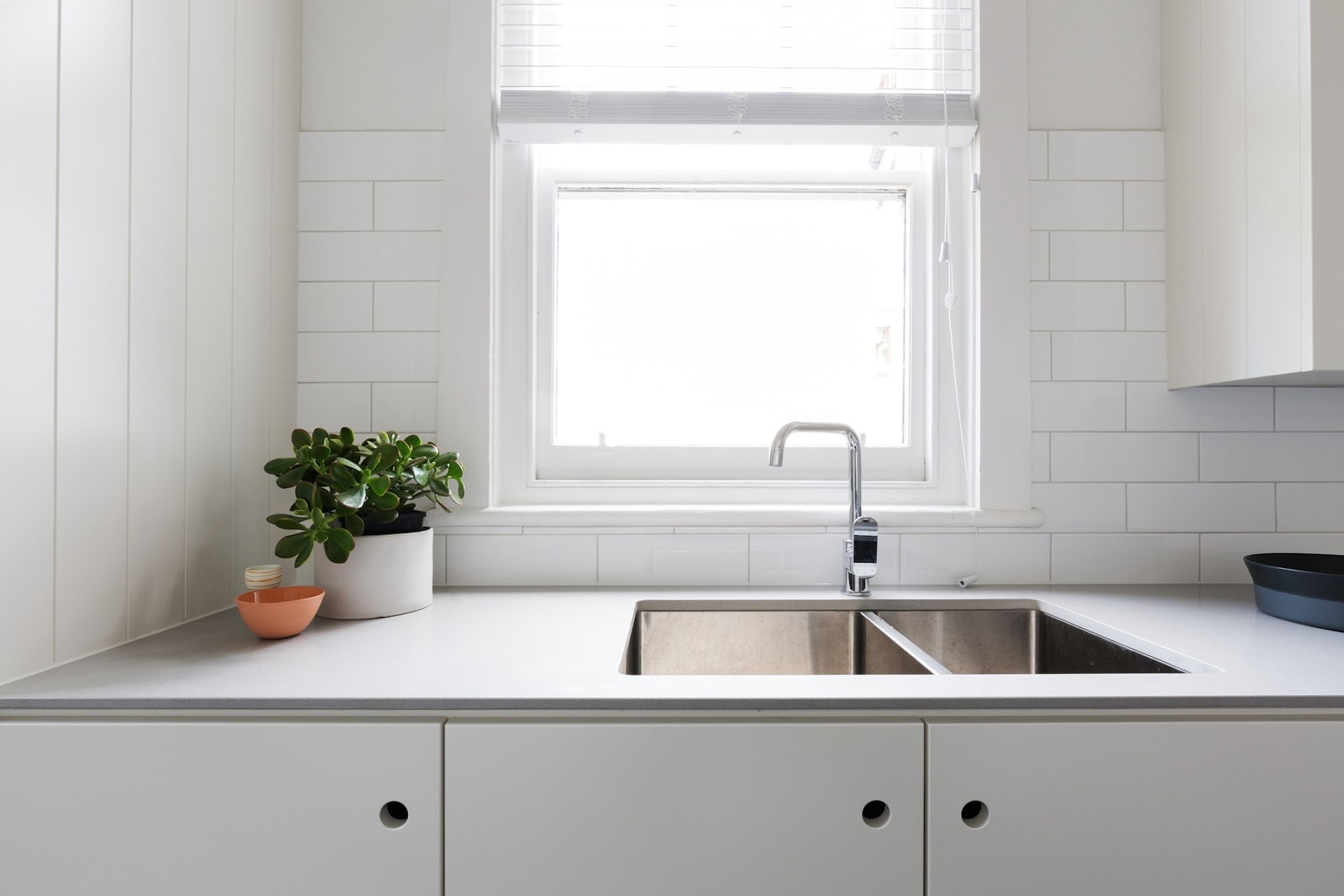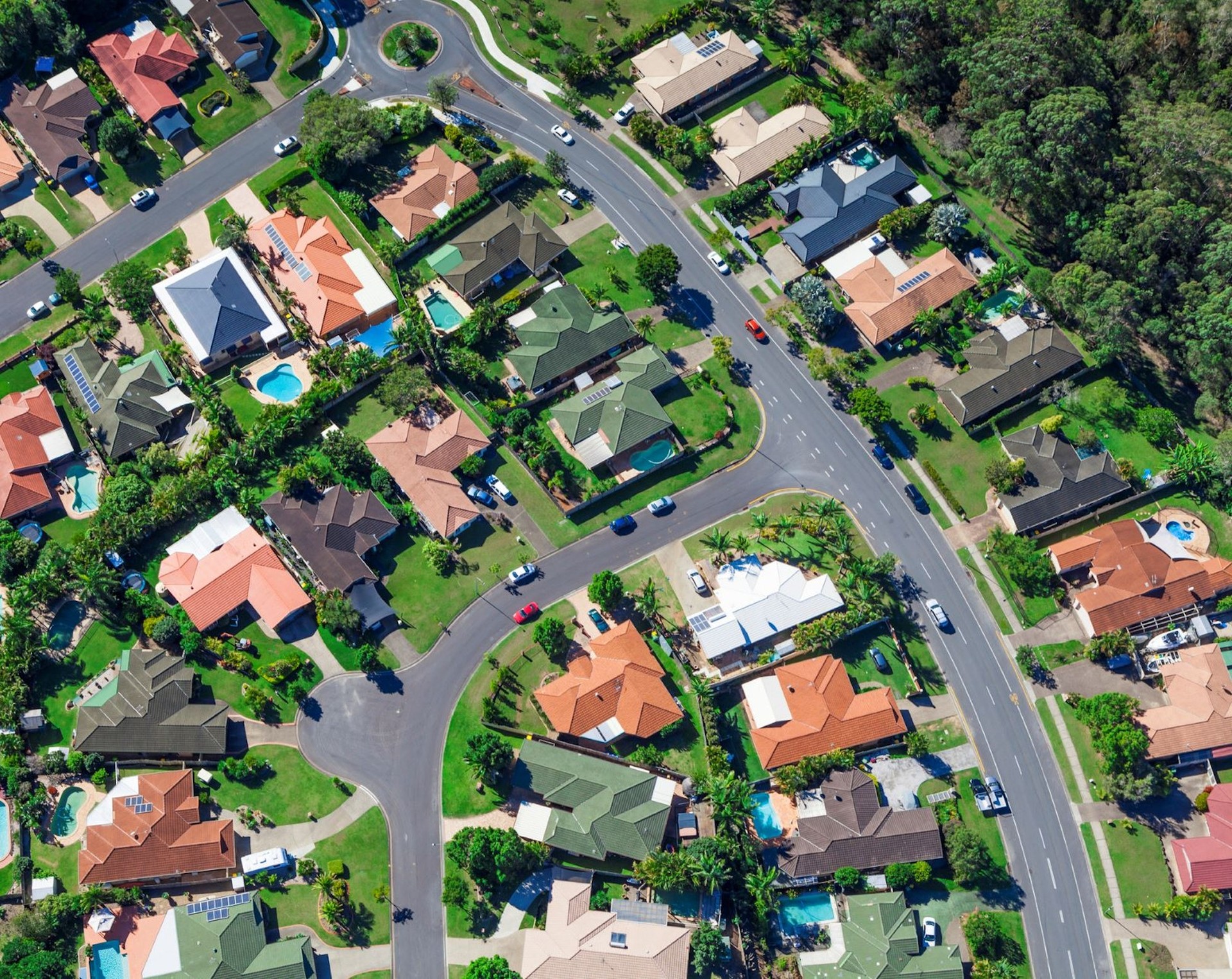If you’re an Australian who’s into finance and budgeting, it’s likely you’ve heard of The Barefoot Investor and his money management strategy.
Scott Pape, who is the Barefoot Investor, has sold over 2 million copies of his finance book of the same name. First published in Australia in 2016, The Barefoot Investor is now available all over the world.
The book became a sensation because it provides a simple and easy to understand budgeting strategy. Many people have used the system to gain financial freedom, boost their superannuation, and realise the Australian dream of homeownership.
In this article, you’ll learn how to start budgeting the Barefoot Investor way. We’ll show you how to set up your bank accounts into “buckets”, start saving, and reach your financial goals.
Who is The Barefoot Investor?
Scott Pape is an Australian writer, presenter and radio host. Having a former career as an investment advisor, he used this knowledge to provide everyday Australians with a simple guide to finances and budgeting.
In 2014, he was chosen by the Australian Government to contribute to the National Financial Literacy in Schools initiative.
Scott is now one of the most trusted financial counsellors and personalities in the country. Through his books, articles, social media, and TV and radio appearances he has helped countless people with their personal finances.
What Is The Barefoot Investor Approach To Finances?
There’s a special breed of people who seriously love finances. They’ll rub their hands together at the thought of hardcore budgeting and Excel spreadsheets. But for most of us, budgeting is like nails down a chalkboard. The thought of having to calculate every cent you spend can be draining.
If you’re looking for an automated money management system that is easy to set up and maintain, then the Barefoot Investor system is for you. It consists of three main components to guide you to financial freedom.
Plant
This is where you’ll plant the seeds for your financial future.
- Schedule a monthly night to have a deep dive into your finances with either yourself or your partner.
- Switch to no-fee banking.
- Make the move to a low fee superannuation fund.
- Set up your “buckets.” Automatically allocate percentages of your take-home pay to different buckets to cover daily expenses, savings goals and repayments.
- Take care of your debts with automated payments to get you on the road to financial independence.
Grow
In this phase, you’ll undertake the following actions to watch your finances grow.
- Increase your income - There is a limit to how much you can cut out of your budget. But you can increase your earning power by learning valuable and in-demand skills.
- Buy a home - It’s a goal for many Aussies, and for good reason. Having a home is an investment that adds to your equity and assets profile.
- Save and invest - Build up a healthy amount of savings and investments so you can have financial freedom.
Harvest
You’ve gone the hard yards to boost your finances and plan for a wealthy future. This is where you can enjoy all the work you’ve put in.
- Pay off your mortgage.
- Continue to grow a healthy amount of super to draw from for your retirement.
- Watch your savings and investments grow and leave a legacy for future generations.
Barefoot Investor Buckets Explained
One of the first steps you’ll undertake for the Barefoot Investor money management system is to set up your buckets.
100% of your take-home pay will flow into these buckets to create an automated budget system.
Blow Bucket
This is where you’ll draw from to pay for your day-to-day expenses such as food, utilities, transport, etc... It even allows for splurges because you should treat yourself every now and then to stay sane.
- 60% of your pay will be allocated for daily expenses.
- 20% is called the fire extinguisher. This goes towards paying off your debts.
- 10% can go towards splurges of your choice. You can still enjoy life with the Barefoot Investor financial plan.
- 10% is reserved for longer-term savings. Want to go on a holiday? You can save for bigger splurges.
Mojo Bucket
This is where you’ll save up an emergency fund for when life dishes up surprises. Having a good emergency fund to fall back on can put an end to financial stress.
- Work overtime, selling unwanted goods, your side-hustle... All of it can go straight to the mojo bucket.
- Aim to save $2000 for emergencies. But the party doesn’t stop there! You can keep on saving like a champ. The 20% portion of your salary can go towards saving for a deposit on a house.
Grow Bucket
This bucket is for long-term savings and investments.
- Allocate 9.5% of your wages to a superannuation fund. Your employer will handle this. If you’re self-employed you’ll need to make these arrangements.
- Any investments will contribute to your grow bucket.
- Save 3 months’ worth of your salary. This offers financial freedom and can earn good interest in the right account. If you lose your job or just can’t stand your boss anymore, then you’re backed by savings.
Setting Up Your Bank Accounts The Barefoot Investor Way
This is where you make your buckets work. You’ll open a few no-fee savings and high-interest accounts. This will keep your buckets organised and allow for automating the Barefoot Investor system.
For no-fee savings and high-interest accounts, Scott Pape’s bank of choice is ING. It’s known for its easy to use banking app that allows you to see all your accounts in one place. You’ll also be able to give your accounts nicknames to keep everything organised in line with the Barefoot method.
ING’s easy to use online banking system makes it a breeze for keeping an eye on things and staying on track.
Also, being an online bank means they have fewer overhead costs. That way they can offer you a good deal such as:
- No ATM fees.
- Zero account keeping and card fees.
- Savings accounts with high-interest rates.
*Note all of the above was available at the time of publishing this article. For more up to date info check out the ING website.
Read on to see exactly how you’ll set up your ING accounts to follow the Barefoot Investor method.
Blow Bucket Accounts
For your Blow Bucket, you’ll open 2 x ING Orange Everyday Accounts. And 1 x ING Savings Maximiser Account.
Daily Expenses Account
Give one of your Orange Everyday accounts the nickname Daily Expenses. This is where you’ll have your salary deposited. Get a debit card so you can easily pay for everyday expenses. Label the card with its nickname.
You’ll be able to link your ING accounts and create auto transfers for the percentages of your take-home pay explained earlier:
- 10% for splurging on whatever you want - transfer to your Splurge account.
- 10% to save for bigger splurges - transfer to your Smile account.
- 20% to crush that debt - transfer to your Fire Extinguisher account, also known as the Mojo account (but more on that soon).
- The remaining 60% stays in your daily expenses account to pay for your everyday living expenses.
Splurge Account
Give your other Orange Everyday account the nickname, Splurge. Get a separate debit card for this account. Mark it with its nickname and use it to directly pay for your splurges. That way, you won’t dip into the amount of money reserved to cover your living expenses.
Smile Account
Give your Savings Maximiser the nickname, Smile. The 10% of your salary that automatically drops into this account will accumulate high interest. The interest accumulated will add to your savings! Once you’ve reached your goal, you can transfer the amount to one of the above transaction accounts. Then pay for your well-earned holiday, or whatever treat you’re saving for.
Mojo Bucket Account
Fire Extinguisher Account/Mojo Account
For the Mojo Bucket, you’ll open another Savings Maximiser account. Depending on where you are on your Barefoot Investor journey, you’ll nickname the account:
- Fire Extinguisher - For when you’re working hard get rid of debt and put out financial fires.
- Mojo - For when you’re saving for a house deposit or your 3 months’ worth of salary for financial independence.
20% of your take-home pay will automatically go into this account and contribute to one of the above goals.
Grow Bucket Accounts
Your superannuation is considered one of your grow bucket accounts. It’s a long term investment plan for your retirement.
Once you’ve paid off your mortgage and saved 3 months’ worth of your salary in your mojo account, you can divert money to additional investments.
Build up your long-term wealth. You could consider anything from investment properties, shares, long-term savings accounts, etc... This not only contributes to your financial situation. It can potentially provide a legacy for your family and generations to come.
Do I Need To Bank With ING?
You don’t have to get ING bank accounts if you don’t want to. You can choose a different bank that suits you. There are other online low and no-fee banks that offer similar saver accounts and features. Here are some Australian neobanks (online only banks) that offer low or no-fee transaction accounts and savings account options: Up Bank, U Bank, Me Bank, and 86 400.
ME Bank has the added bonus of separate debit cards available in different colours to keep you on top of your Barefoot Investor money management plan. No more need to bust out the sharpie!
Look for banks that offer all or most of their services via online means. Online banks have lower overheads than your traditional brick-and-mortar banks. And thus, they can offer you low or no fees. And they often invest in tech to provide apps with better features.
Disclaimer: Which bank you decide to go with depends on your individual situation. Be sure to carefully look at their policies and offers before making a decision.
Wrap Up
Say the word “budget” to some, and they’ll run screaming for the hills... It’s a word that can conjure nightmares of spreadsheets, penny-pinching, and punching every expense into a calculator.
But if you’re after a simple and effective financial strategy, then the Barefoot Investor financial plan is fantastic for you. It even allows for splurges that make life more fun.
And the proof is in the results. Many Aussies have successfully saved a house deposit, vanquished debit, and gained financial independence using this method. And it’s super easy to set up, use, and keep track of.
The Barefoot Investor plan could potentially save you from financial headaches, and thousands on fees.
Hopefully, this article has provided you with some helpful insight into improving your financial situation through the Barefoot Investor method. If you’d like to explore more information about property, finance, and lifestyle, you can find all You Broker’s articles here: https://youbroker.com.au/articles/
Next Steps
Are you looking to buy a home or investment property? Need some advice on what kind of a deposit you’ll need to save?
Having a qualified and fully licenced mortgage broker, like YouBroker, can help take the guesswork out of home loans.
Multiple unsuccessful loan applications may negatively affect your credit score. But with YouBroker on your side, you’ll be prepared with expert advice to calculate your savings, living expenses, and borrowing power. You’ll get insight into what loan amount you could be eligible for, and the best home loan products, interest rates and deals for you.
At YouBroker, we’re dedicated to offering you the most convenient and professional experience. We offer:
- Access to the best rates, deals, and cashbacks across multiple banks and lenders.
- Support and expert advice from our fully accredited, professional team.
- Quick approvals.
- Streamlined and convenient digital application process.
- A fully secure online platform.
- Digital updates via our online portal so you can stay informed through the whole process.
If you’re looking to take the hassle out of the home loan application process, we’re ready to assist. Check us out here: https://youbroker.com.au/get-started



